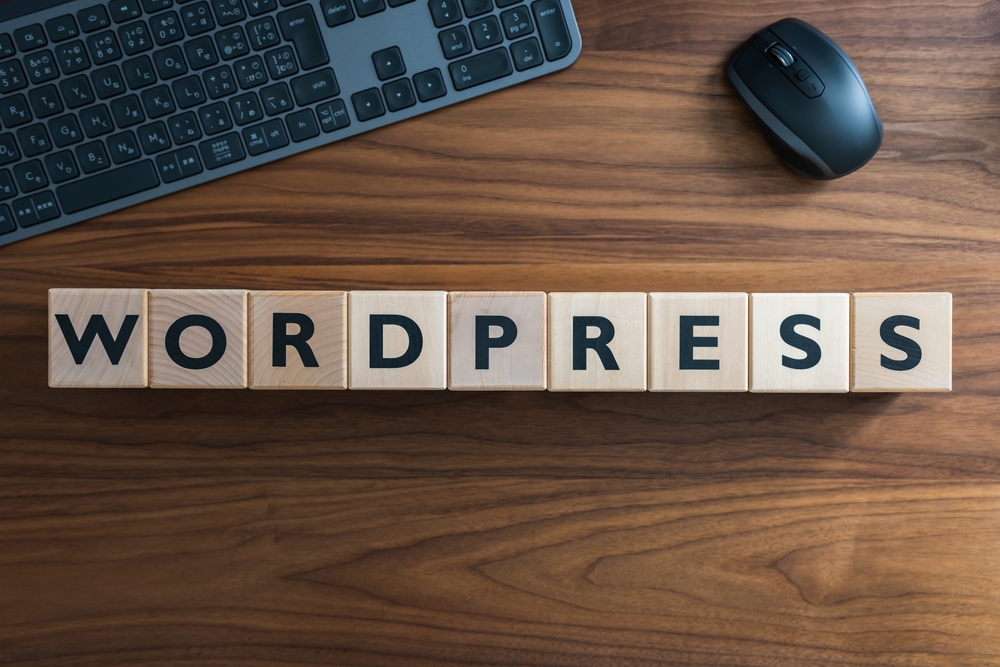
With the rise of the internet, blogging has become an incredibly popular way for individuals and businesses to share their thoughts, blog ideas, and expertise with the world. Whether you're looking to start a personal blog or grow your business through content marketing, creating and maintaining a successful blog can be a rewarding venture. In this guide, we'll walk you through the steps to help you launch and grow a blog that attracts and engages readers.
Step 1: Define Your Blog's Purpose
Before you start creating content, it's important to define your blog's purpose. What are you hoping to achieve with your blog? Are you looking to share your personal experiences, showcase your expertise in a particular subject, or drive traffic to your business website? Having weblog a clear understanding of your goals will help you determine what type of content to create and how to best reach your target audience.
Step 2: Choose a Blogging Platform
There are many blogging platforms available, each with its own set of features and capabilities. Some popular options include WordPress, Blogger, and Tumblr. Consider factors such as ease of use, customization options, and SEO functionality when choosing a platform for your blog. WordPress is a widely used platform that offers a range of customizability and SEO plugins to help your blog rank higher in search engine results.
Step 3: Create Quality Content
One of the key ingredients to a successful blog is high-quality content that provides value to your readers. Make sure your posts are well-written, informative, and engaging. Use a mix of text, images, and videos to keep your audience interested and coming back for more. Research keywords relevant to your blog's topic and include them strategically in your posts to improve SEO and attract organic traffic.
Step 4: Promote Your Blog
Once you have started creating content, it's important to promote your blog to attract readers. Share your posts on social media platforms, participate in online communities and forums related to your niche, and collaborate with other bloggers to reach a wider audience. Consider investing in paid advertising to drive traffic to your blog, especially when you're just starting out.
Step 5: Engage with Your Audience
Building a loyal readership is crucial for the success of your blog. Engage with your audience by responding to comments, asking for feedback, and encouraging discussion on your posts. Create a sense of community around your blog by hosting giveaways, contests, or live events. By building relationships with your readers, you'll create a dedicated following that will help your blog grow.
Frequently Asked Questions
Q: How often should I post on my blog?
A: The blog website frequency of your blog posts will depend on your goals and availability. Consistency is key, so aim to post regularly whether it's once a week, twice a week, or even daily. The important thing is to maintain a schedule that works for you and keeps your readers engaged.
Q: How can I monetize my blog?
A: There are several ways to monetize your blog, including display advertising, sponsored content, affiliate marketing, and selling weblog website products or services. Research different monetization strategies and choose the ones that align with your goals and target audience.
Q: How do I track the success of my blog?
A: Use analytics tools such as Google Analytics to track important metrics like traffic, engagement, and conversions on your blog. Monitor your performance over time and adjust your strategy as needed to improve your blog's success.
Q: How can I grow my blog's organic traffic?
A: To increase your blog's organic traffic, focus on SEO best practices such as keyword research, on-page optimization, and link building. Create high-quality, shareable content that resonates with your target audience and encourages them to visit your blog regularly.
Q: What should I do if I run out of ideas for blog posts?
A: Running out of ideas for blog posts is a common challenge for bloggers. Keep a running list of potential topics, engage with your audience to understand their interests, and look for inspiration from other blogs, news articles, or industry trends. Don't be afraid to repurpose old content or collaborate with guest bloggers to keep your blog fresh and engaging.
Other useful resources